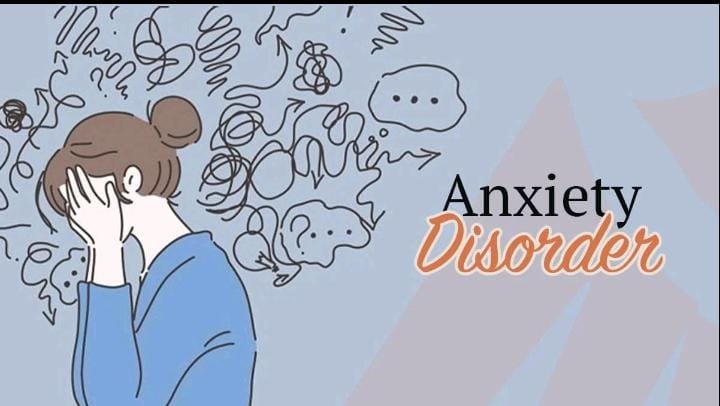Anxiety Disorders is a natural human response to stress, but when it becomes constant, overwhelming, and interferes with daily life, it might be an anxiety disorders. Millions of people around the world experience this condition, yet many don’t recognize the symptoms early. Understanding the signs can help you or your loved ones seek support before the condition worsens.
In this article, we’ll explore the symptoms of anxiety disorder, how they affect the mind and body, and when it’s time to get professional help.
What is Anxiety Disorders?
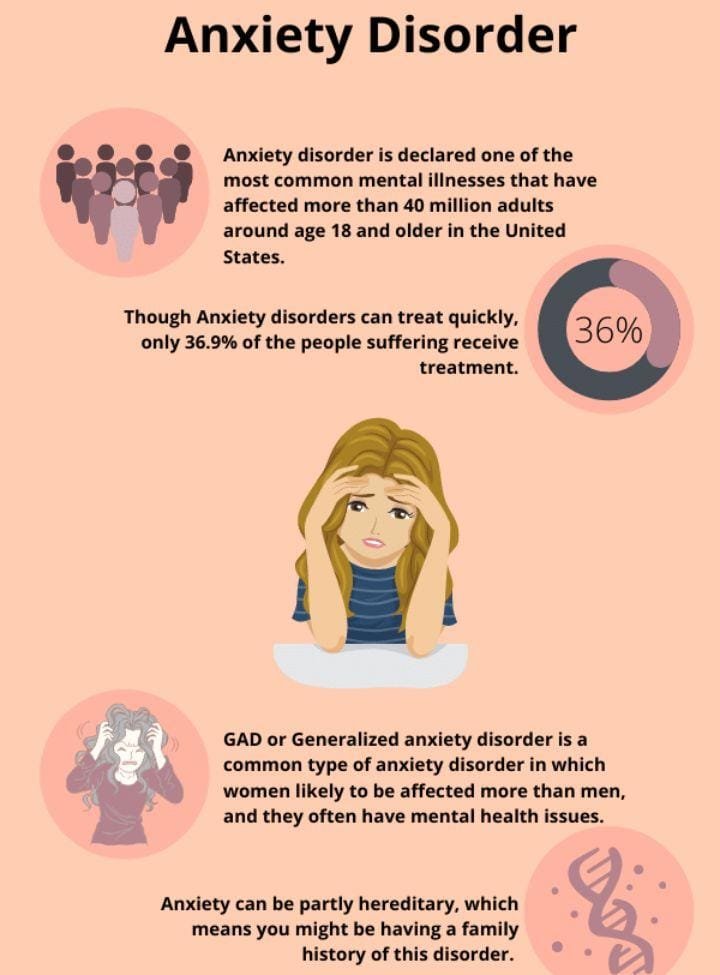
Anxiety disorder is more than just feeling nervous before a big event. It’s a mental health condition where worry, fear, or dread becomes persistent and excessive. Unlike temporary anxiety, which fades after the stressful event is over, anxiety disorder can last for months or even years.
The symptoms can be physical, emotional, and behavioral — often happening together and making daily life challenging.
Common Symptoms of Anxiety Disorder
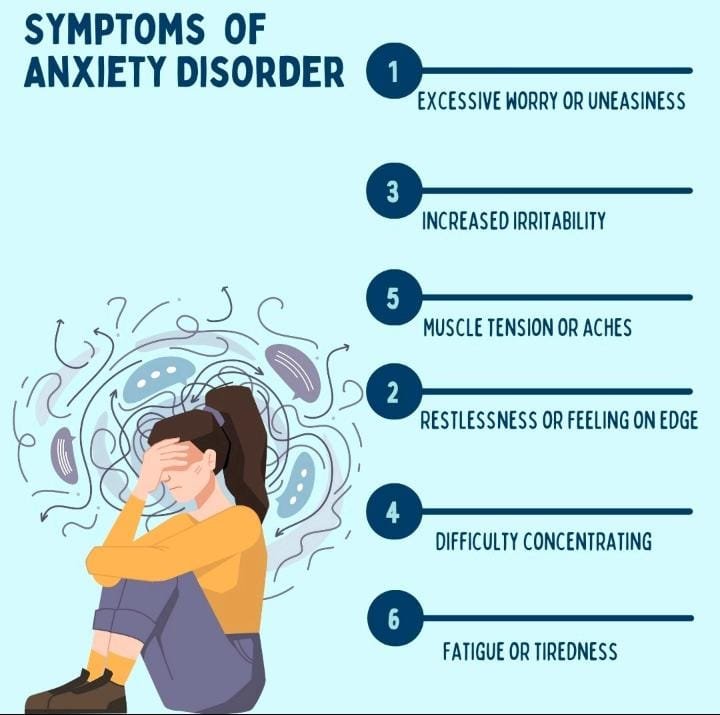
While symptoms may vary from person to person, there are some common signs that often appear in individuals with anxiety disorders.
1. Excessive Worrying
One of the most obvious symptoms of anxiety disorder is constant and uncontrollable worrying. This isn’t the occasional stress about work or finances — it’s persistent anxiety about various aspects of life, often without a clear reason. People with anxiety may spend hours thinking about “what if” scenarios, which can be mentally exhausting.
2. Restlessness and Feeling “On Edge”
Many people describe anxiety as a constant state of alertness. You might feel like you can’t relax, as if something bad is about to happen. This restlessness can make it hard to focus or enjoy peaceful moments.
3. Rapid Heartbeat and Palpitations
Anxiety often triggers the body’s “fight or flight” response, causing physical symptoms like a racing heart. You may feel like your heart is pounding in your chest, which can be alarming and even mistaken for a heart problem.
4. Shortness of Breath
Difficulty breathing or a sensation of tightness in the chest is another common symptom. This can happen during intense anxiety or panic attacks, making the experience even more frightening.
5. Sleep Problems
Insomnia or difficulty staying asleep is common among people with anxiety disorders. The constant worrying can make it hard to fall asleep, and even if you do, you might wake up frequently during the night.
6. Fatigue and Low Energy
The mental strain of anxiety can be exhausting. Your body is constantly in a state of high alert, which drains your energy over time. Many people with anxiety feel tired even after a full night’s sleep.
7. Difficulty Concentrating
Known as “brain fog,” anxiety can make it hard to focus, remember details, or complete tasks efficiently. You may find yourself reading the same sentence over and over or forgetting important deadlines.
8. Irritability
Anxiety often heightens emotional sensitivity. Small inconveniences might feel overwhelming, and you may notice yourself becoming easily irritated with others
9. Muscle Tension and Headaches
When you’re anxious, your muscles often tighten up without you realizing it. This tension can lead to headaches, back pain, or general stiffness in the body.
10. Avoidance Behavior
People with anxiety disorder sometimes avoid situations or places that trigger their fears. While avoidance may bring temporary relief, it often worsens the condition over time and limits daily life.
Different Types of Anxiety Disorders and Their Symptoms
Anxiety disorder is a broad term that covers several specific conditions, each with unique symptoms.
Generalized Anxiety Disorder (GAD)
- Persistent and excessive worry about daily events
- Restlessness and fatigue
- Difficulty concentrating
Panic Disorder
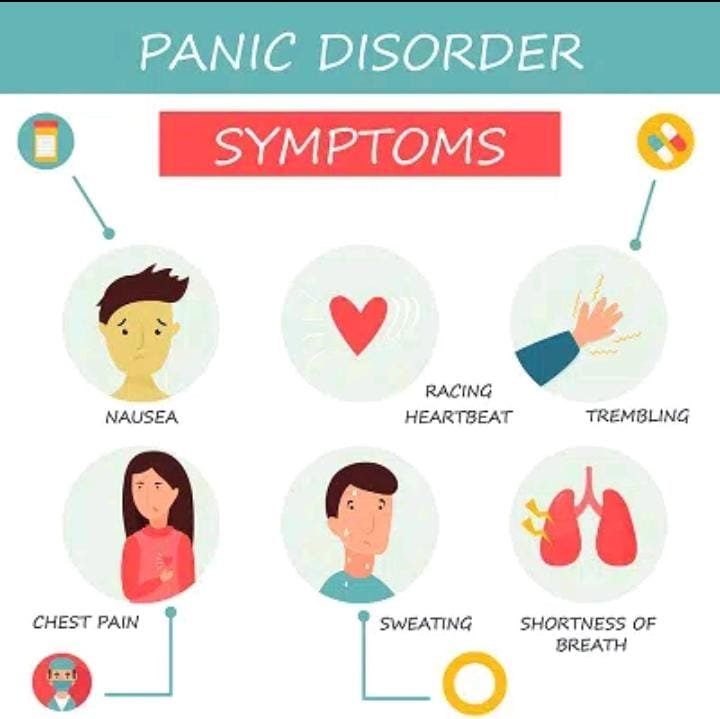
- Sudden panic attacks with intense fear
- Chest pain and dizziness
- Feeling of losing control or impending doom
Social Anxiety Disorder
- Fear of being judged or embarrassed in social situations
- Avoiding social gatherings
- Blushing, sweating, or trembling in public
Specific Phobias
- Extreme fear of specific objects or situations (like heights or spiders)
- Avoidance of the feared object or place
- Intense anxiety when faced with the trigger
When to Seek Professional Help
Occasional anxiety is a normal part of life, but if your symptoms are:
- Persistent for more than six months
- Interfering with work, school, or relationships
- Causing physical health issues
… it’s important to consult a mental health professional. Early intervention can make treatment more effective.
How Anxiety Symptoms Affect Daily Life
Living with untreated anxiety can impact both mental and physical well-being. It can lead to chronic stress, weaken the immune system, and increase the risk of depression. Relationships may also suffer as misunderstandings and avoidance behaviors create distance.
Managing and Treating Anxiety Disorder
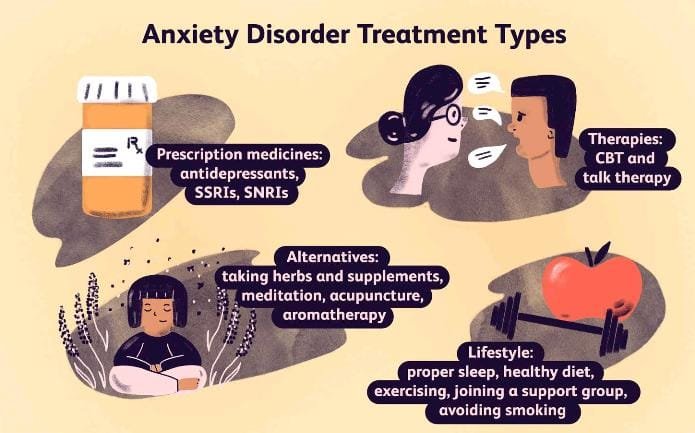
The good news is that anxiety disorders are treatable. Treatment options include:
- Therapy: Cognitive Behavioral Therapy (CBT) is highly effective.
- Medication: Anti-anxiety medications may help in severe cases.
- Lifestyle Changes: Regular exercise, mindfulness, and a healthy diet can reduce symptoms.
- Stress Management Techniques: Deep breathing, journaling, and meditation are simple but effective tools.
Final Thoughts
Recognizing the symptoms of anxiety disorder is the first step toward better mental health. If you notice persistent worrying, physical tension, sleep problems, or avoidance behaviors, don’t ignore them. Seeking help early can lead to a healthier, more fulfilling life.
Anxiety may feel overwhelming, but with the right support, recovery is possible. You are not alone, and taking the first step toward understanding your symptoms is a sign of strength.
